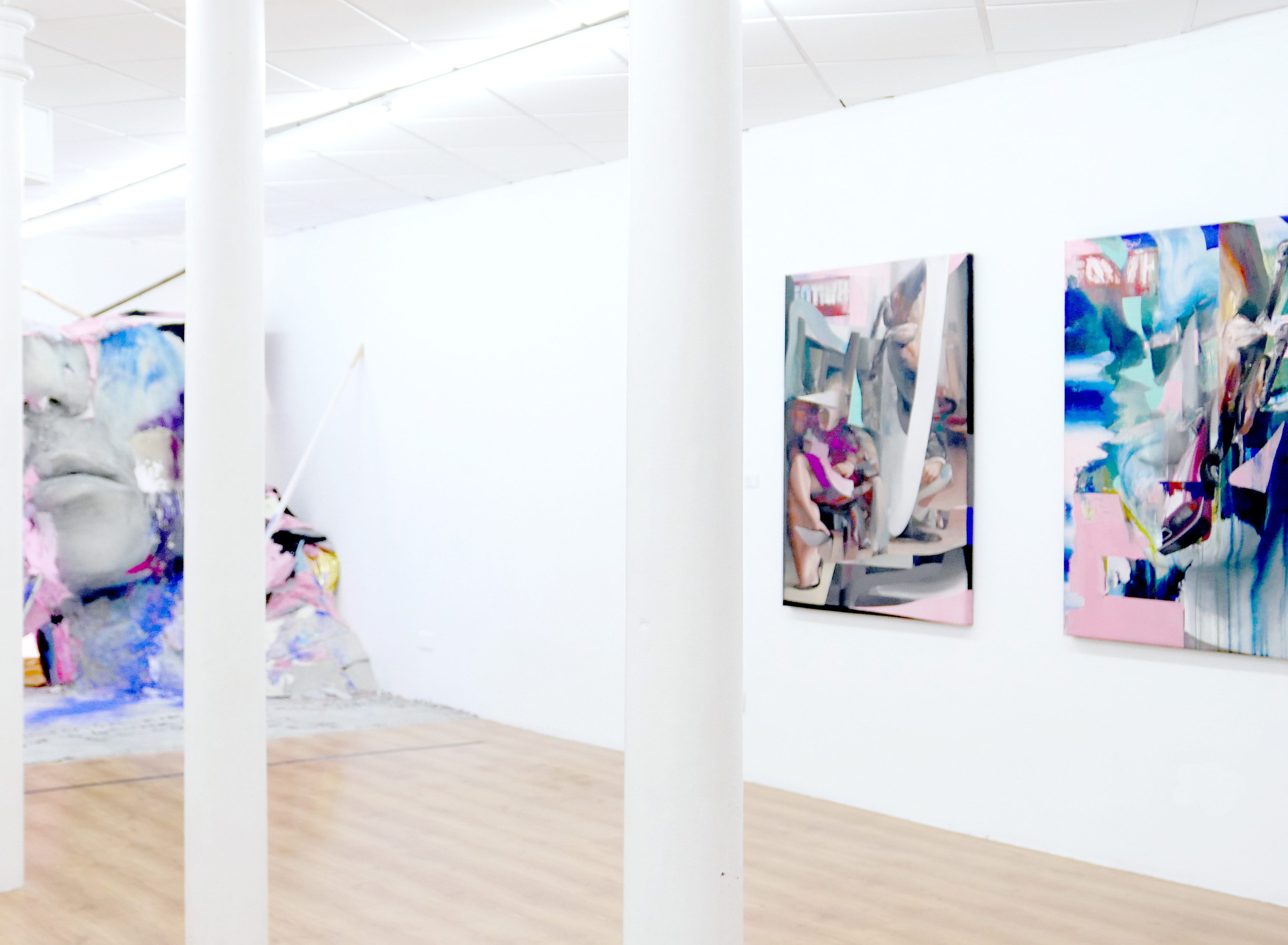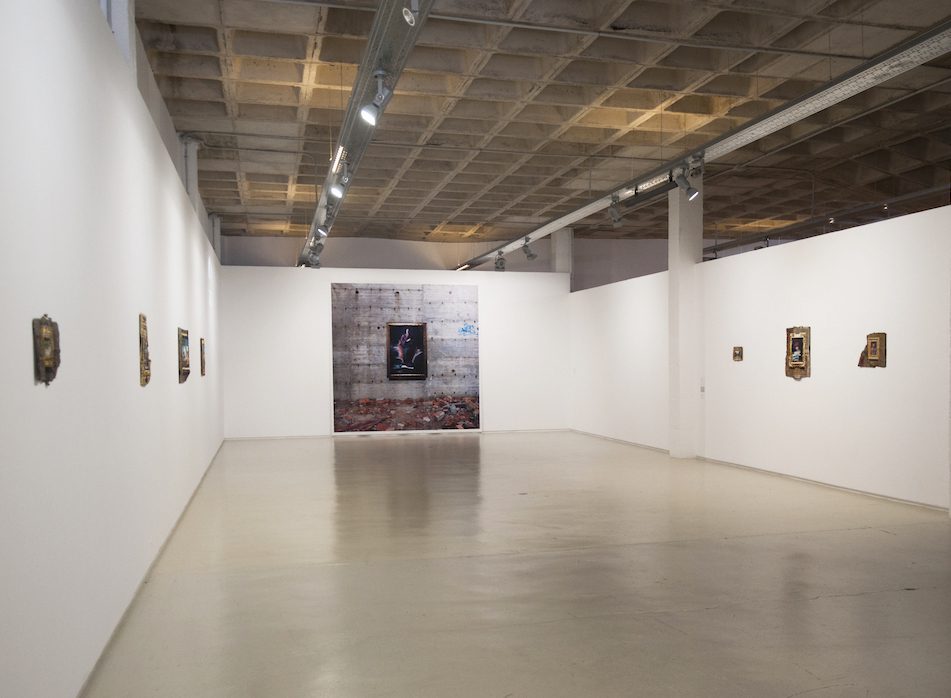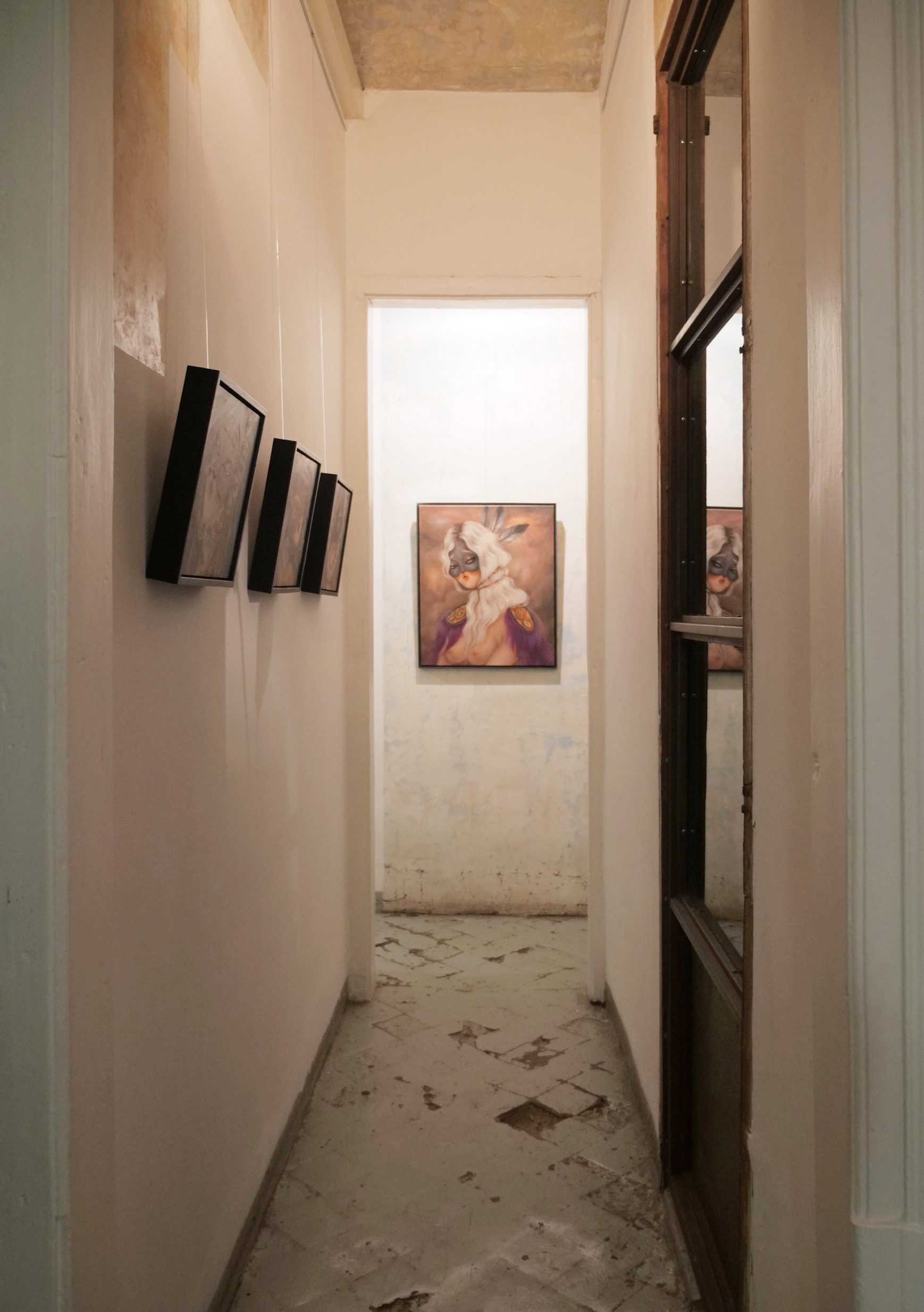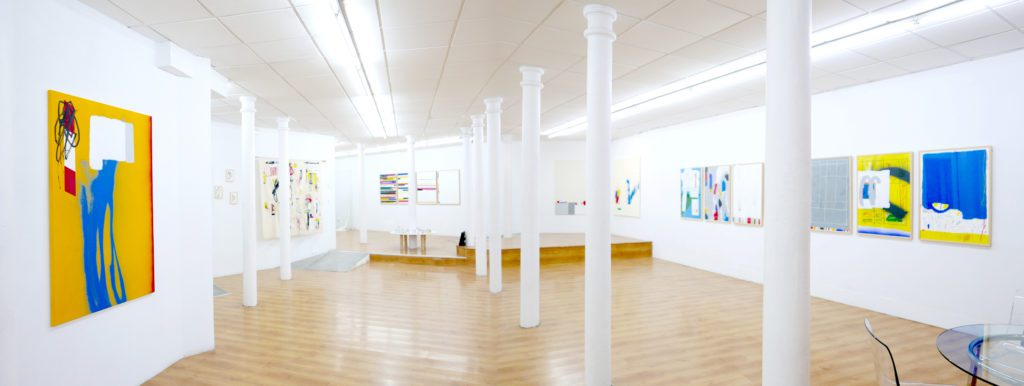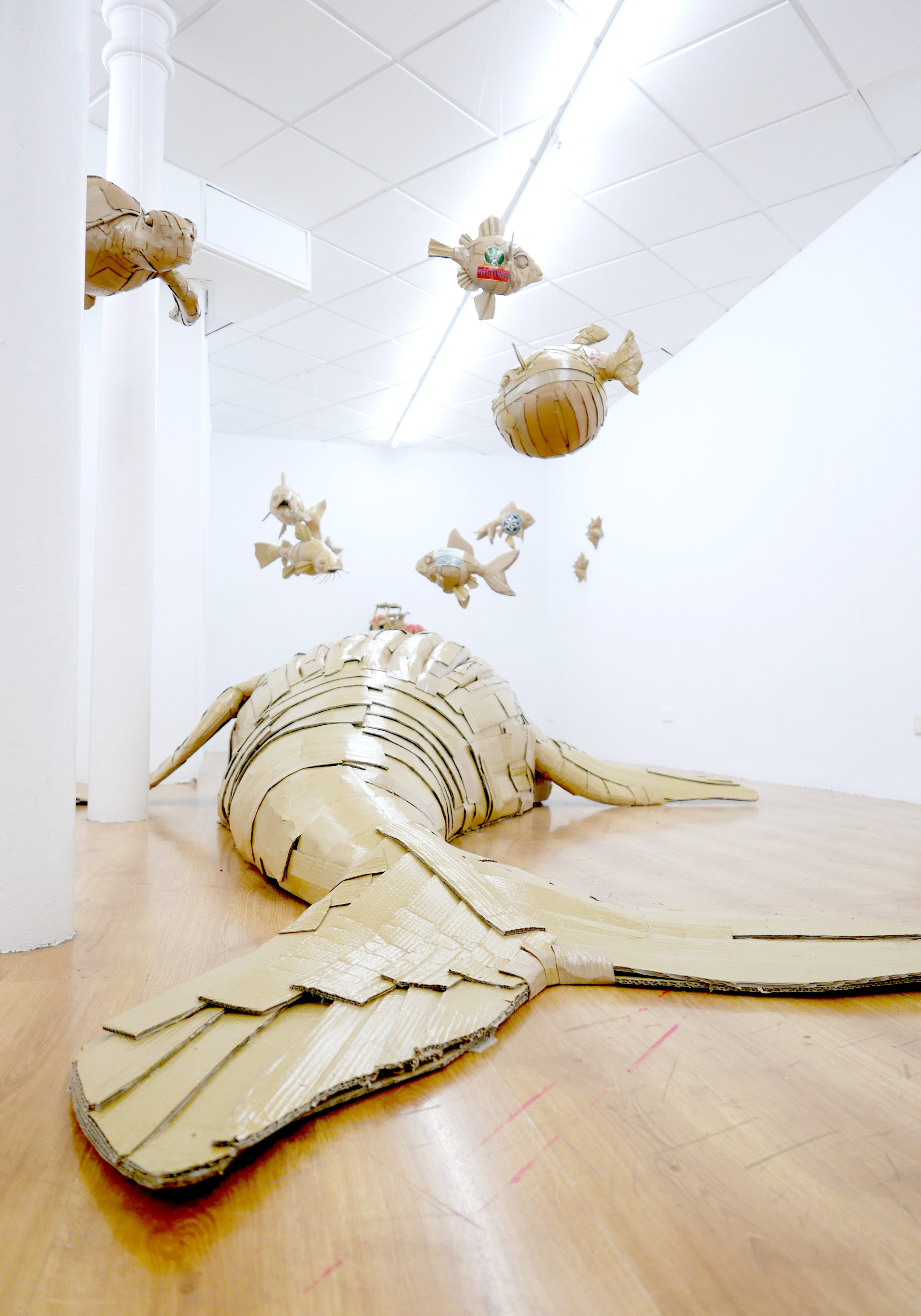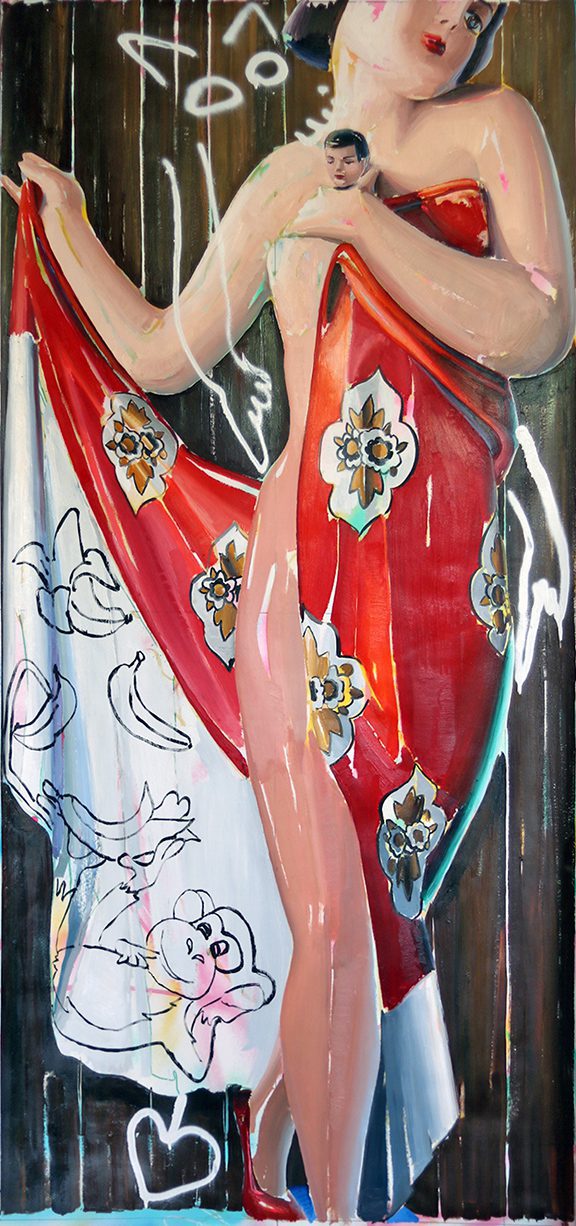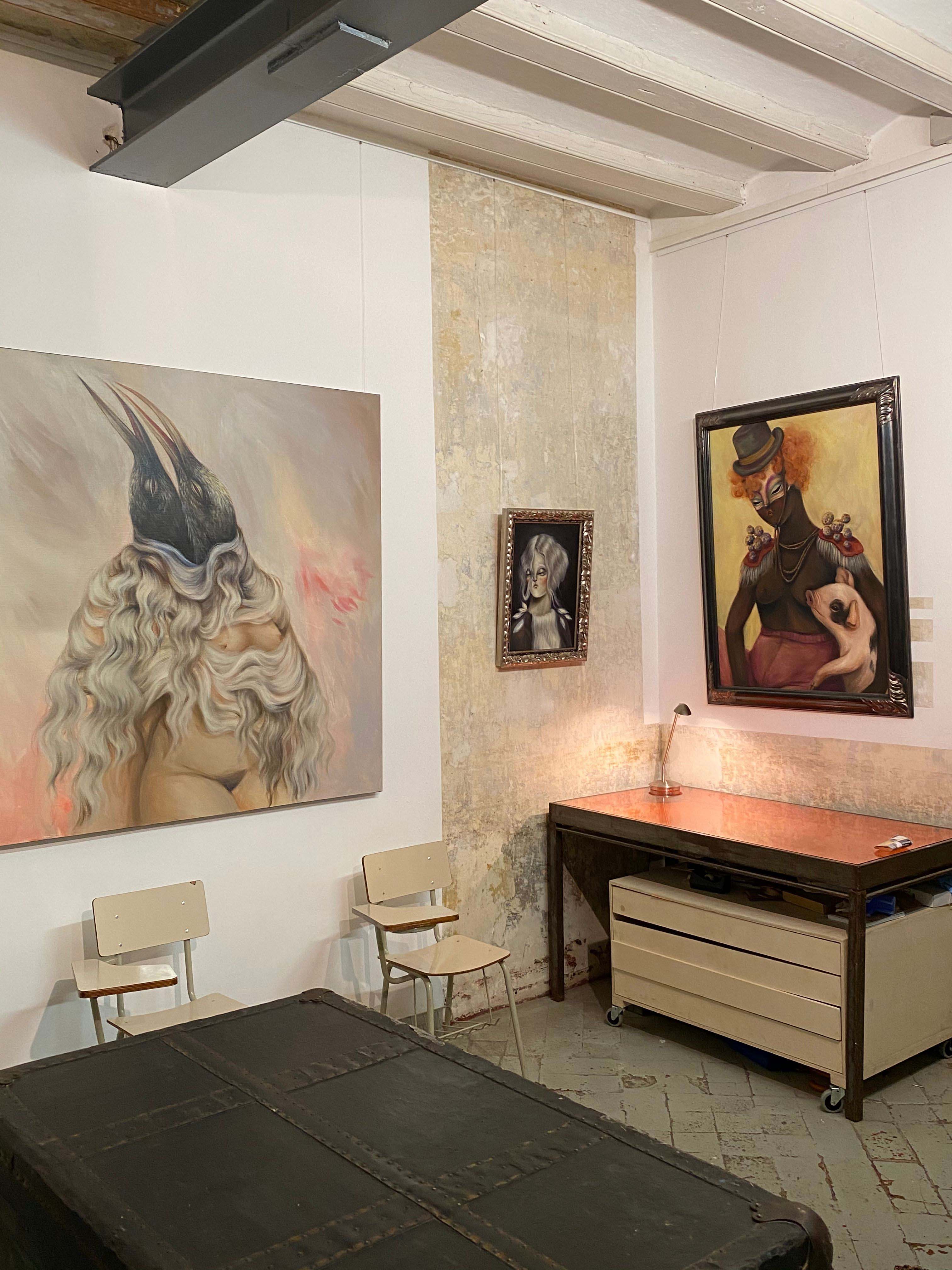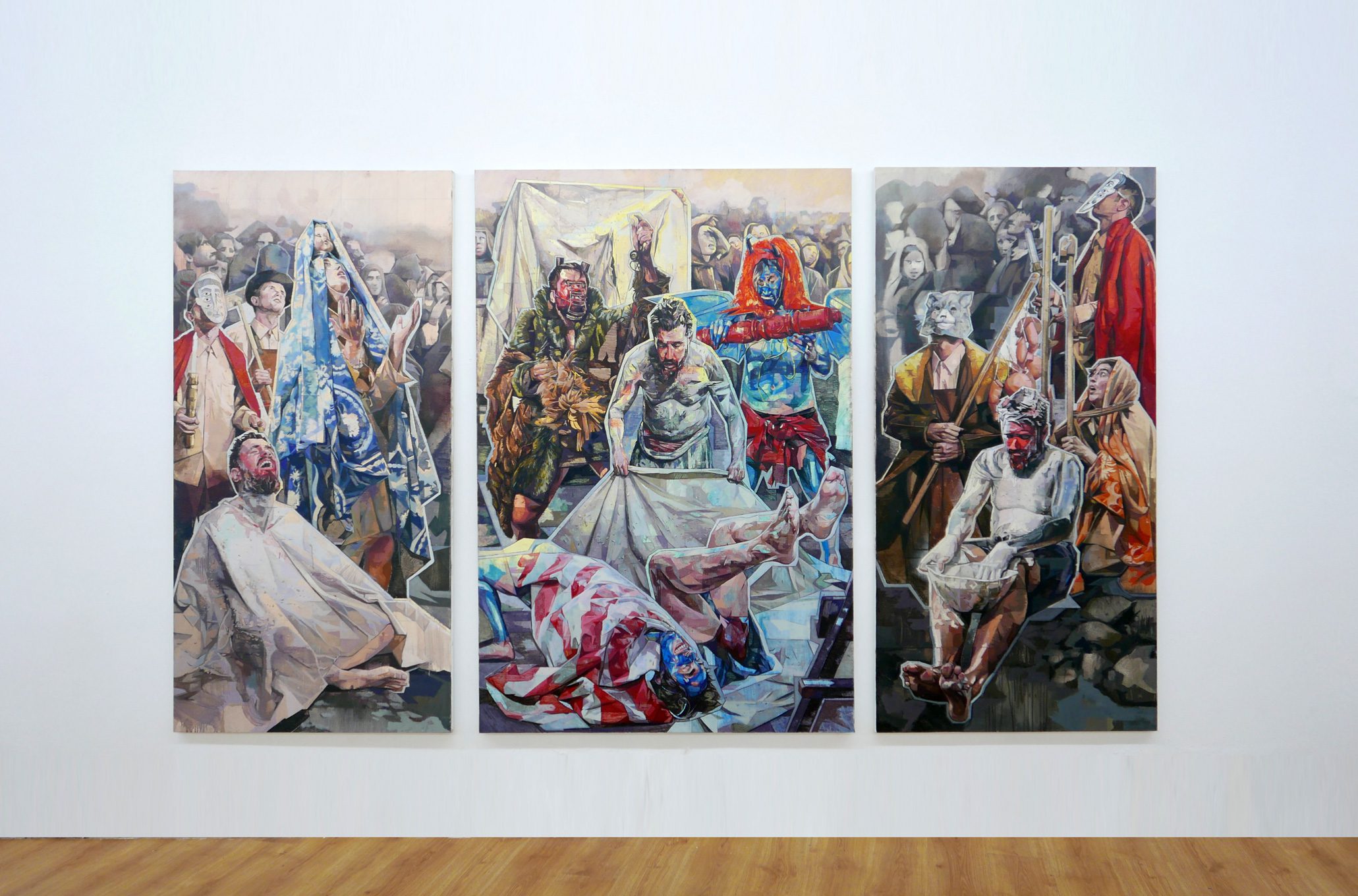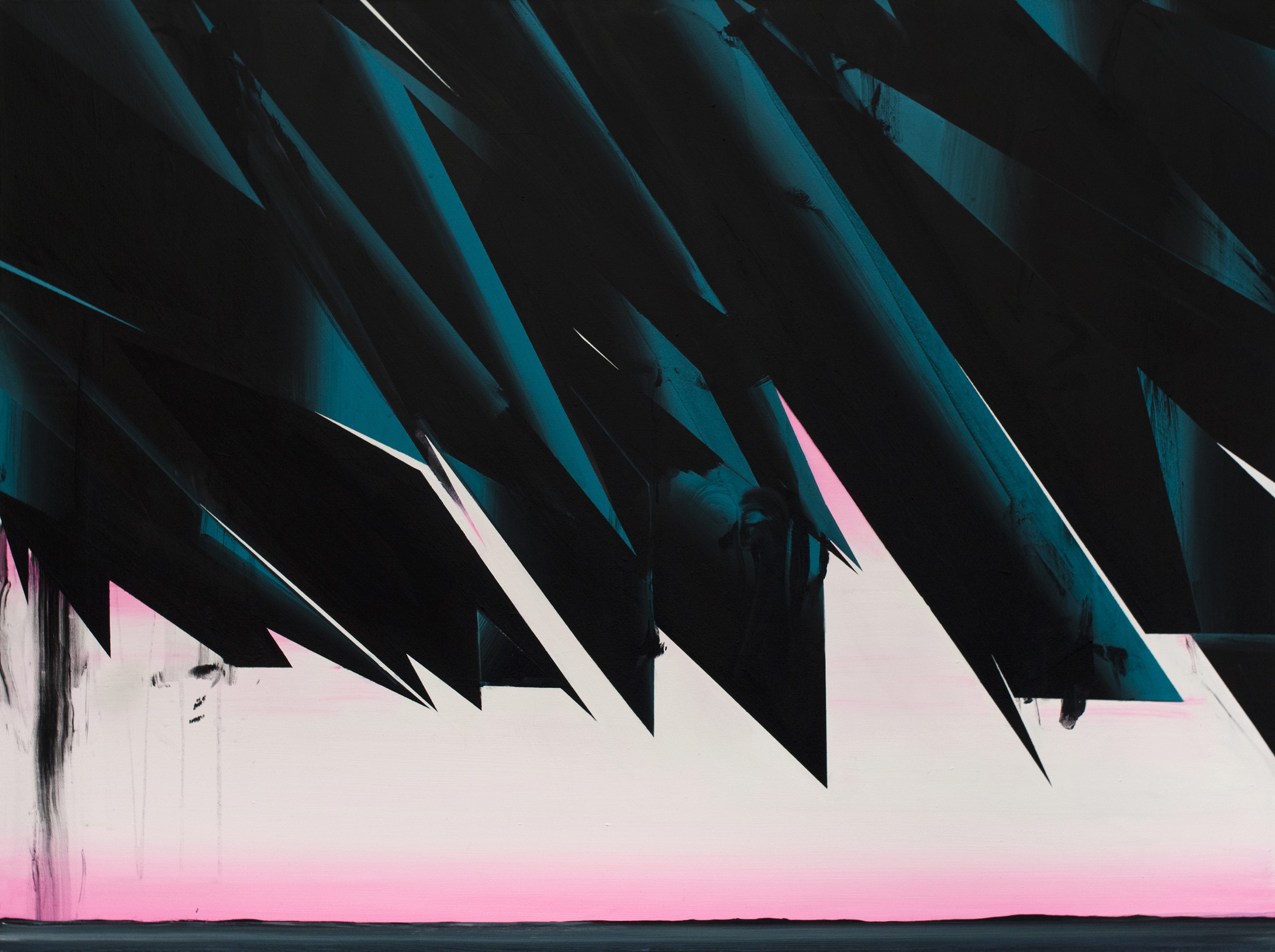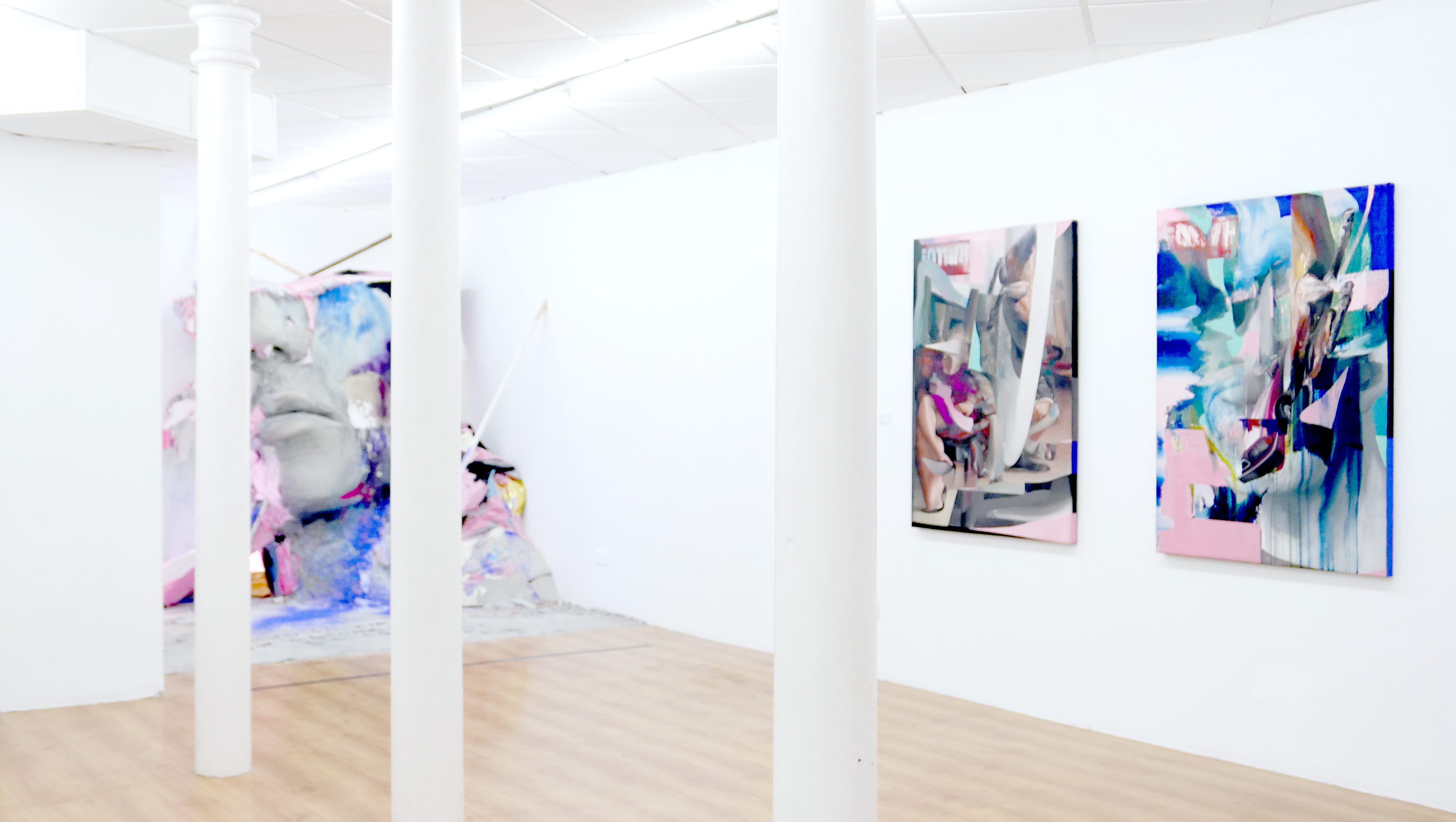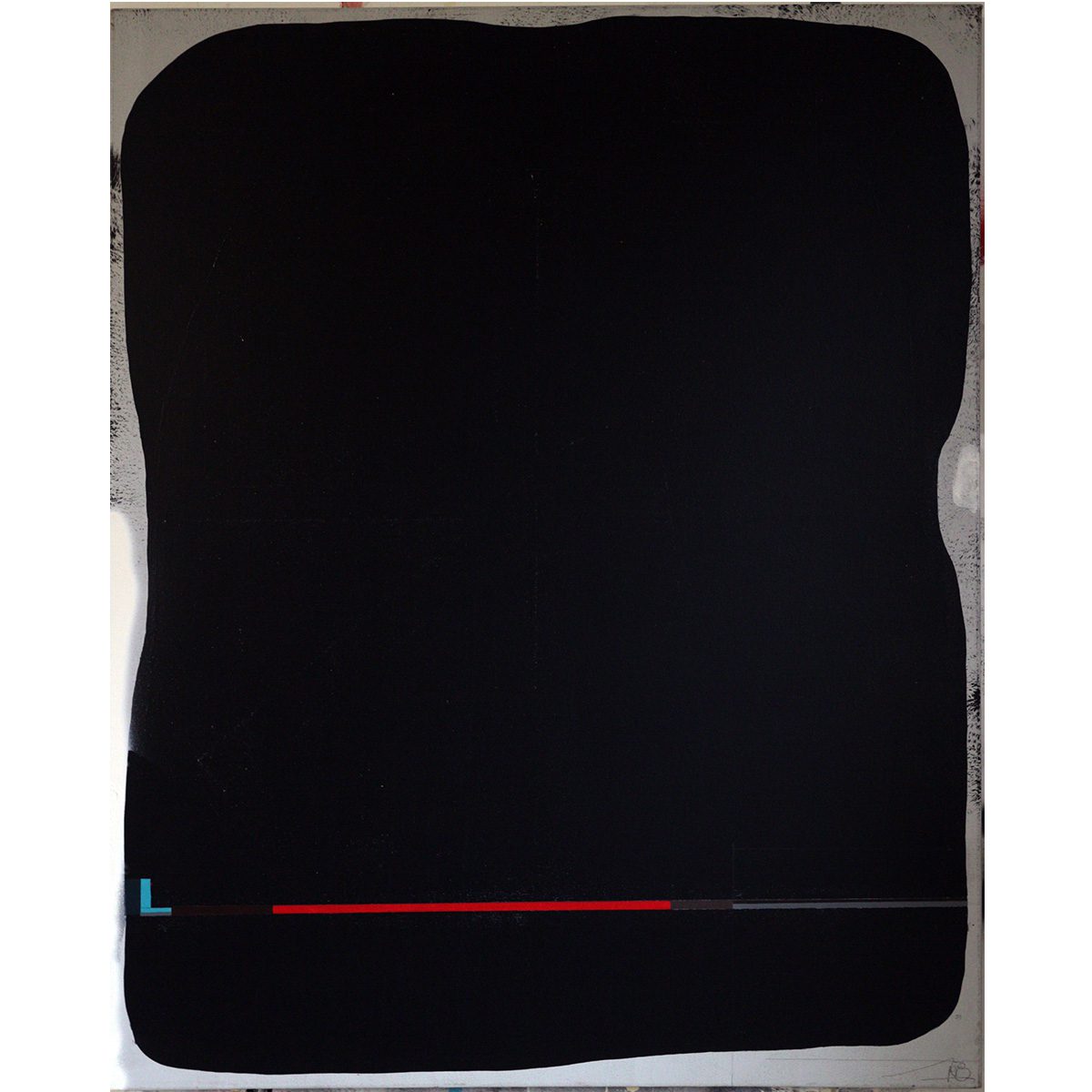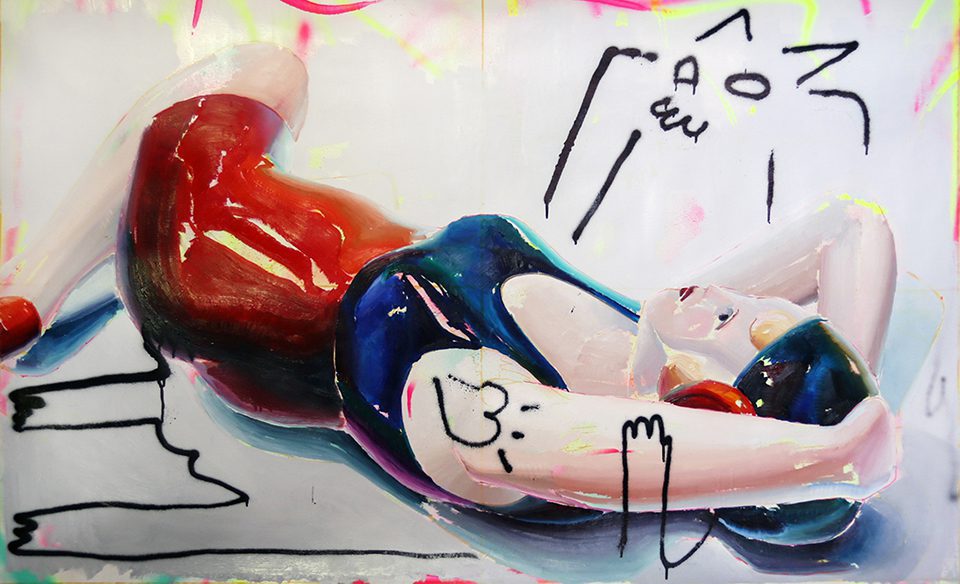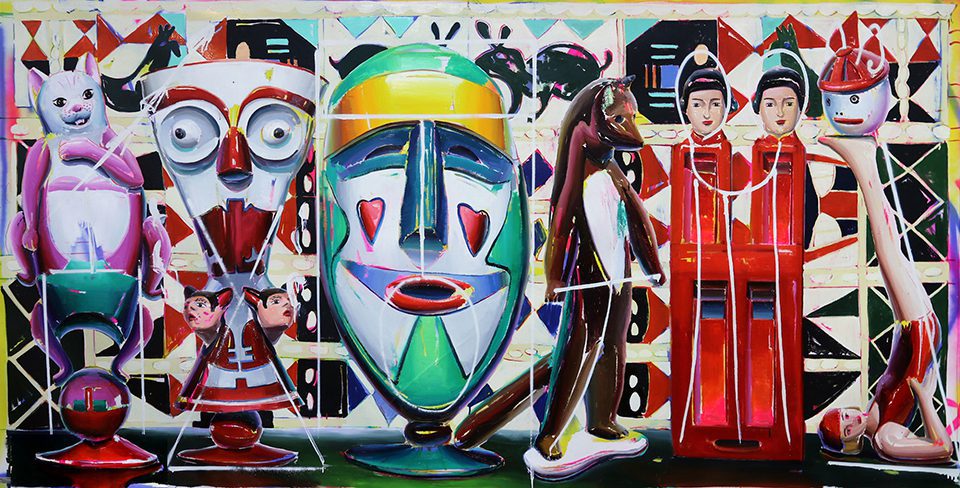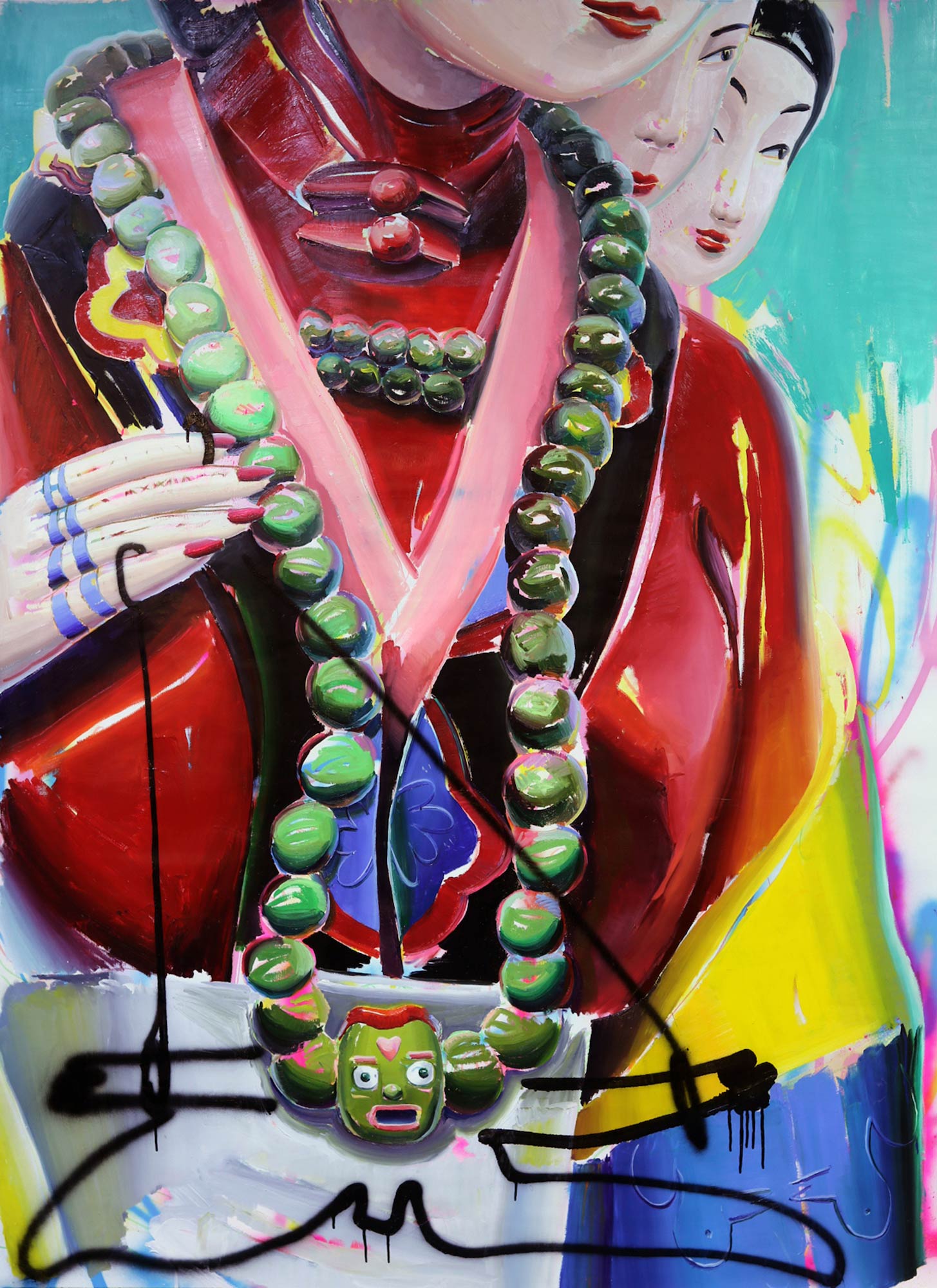Once again we bring together the directors of three Spanish art galleries to survey and talk about the current situation the art world is experiencing, after our return from these weird period of summer days (see ‘What about the galleries? Vol. I’). The wheel is turning back again after a long period of decisive stagnation for many of them, and their return is awaited with hunger. Hunger to see, feel and live art up close. Therefore we reunite Juan Pablo Yusto from the Marbella’s gallery Yusto/Giner, who represents number one international artists such as Javi Calleja, Ana Barriga or Julio Anaya Cabanding, Jasmin Waschl, founding member of Fousion Gallery in Barcelona, one of the pioneers of pop surrealism in Europe with artists like Vanessa Alice aka Miss Van, Bruno Pontiroli or Víctor Castillo and Goyo Villasevil from Madrid’s Swinton Gallery, a reference in the New Contemporary Art circuit in Spain with national and international artists mostly influenced by Street Art and graffiti, such as Sabek, E1000 or Saner. We listen to the different opinions about virtual exhibitions, discuss the future of the art market, a possible price adjustment and sales in times of digitalization. Of course without forgetting to review their future plans and exhibitions. Because galleries are still active, and we want to remain close to them.
Swinton Gallery in Madrid
Yusto / Giner in Marbella
Fousion Gallery in Barcelona
Yes or no to virtual tours?
«Since quarantine, it has been clear to us that digital is the future and we are orienting the gallery in that direction. We already made a virtual tour for our last exhibitions and it is something we want to keep from now on. It has worked very well for us with collectors who cannot physically visit the exhibition», says Clio Yusto Giner, manager at Yusto/Giner Gallery in Marbella. «In addition, we have increased our presence in social networks and online sales platforms,” adds Juan Pablo Yusto, the gallery Director. Without forgetting the role that digital has taken in the art world and agreeing with Yusto/Giner on the importance of online sales platforms, Goyo Villasevil, co-director at Swinton Gallery space in Madrid, points in another direction: «Virtual exhibitions do not convince us, perhaps as a one-off event they are interesting, but not as a usual form. They came up due to a necessity, not from the pleasure of seeing, hearing or living art,» he points out. «We haven’t done virtual exhibitions and we’ve had good sales. Collectors and art lovers like to be present to appreciate volumes, colors and textures. Whoever buys a piece digitally already know the artist’s work from before», he adds. He defends that the sensations, the emotion of the environment, the personal contact with the gallery, the relationship of all the pieces together and the discourse itself is something that the digital world lacks. «Our model is something different», says Jasmin Waschl, founder of Fousion Gallery in Barcelona. «We are one of the few galleries in Europe focused on the pop-surrealism movement and that has made us become a gallery with more than 50% international clients. It has to do with the fact that this movement was born in the US and there’s where it’s most successful, so before this health crisis we were already used to distance selling» she explains. This summer they have noticed an increase in visits to the gallery, «people are hungry to see art, you can feel it, and although we are updated in technology we do not aim 100% towards the digital. Precisely, to break with this overexposure to digital we have decided to increase the printing of catalogs to send them physically to collectors by post mail. We are not forgetting about creating digital material but the Internet has been so overloaded that we have opted for other paths. What we do is not a mass product and we do not want to massify it», she concludes about the digitalization of exhibitions.
Srger exhibition Swinton Gallery
A new collector profile
«We can’t complain», says Goyo of Swinton Gallery when asked about sales during these last months. «During confinement some previous contacts have crystallized and for now sales have been stable», he continues. This is something that all three gallerists agree on. «It is not that they have increased or decreased, but I would highlight that there has been a change in sales, in the client that buys art», adds Jasmin from Fousion Gallery. Collectors loyal to their galleries and to the artists they represent have supported their galleries with purchases, even with some extra effort, acquiring two pieces instead of one. «There has been a new profile of young and medium age art lovers, that before would not push himself towards the acquisition, he basically wouldn’t plan that money to buy an artwork, and would spent it in a trip to Bali, for example», adds Jasmin. «We have been contacted by many people who, being forced to stay at home, have realized that they lack art on the walls and we have continued to sell because of this», Clío Yusto adds to this theory.
The digital art market
But what is the new tonic of selling art from now on? «After the cancellations of Art Basel and Art Miami in December, our selling strategy is not changing. Off-site sales will be essential to develop the gallery and keep selling artworks», says Juan Pablo Yusto. «Traditional and digital systems will coexist at 50-50, if not more. The digital will continue to have a great weight in the future of the galleries, specially through the digital market of Instagram and specialized platforms. However, I don’t think it will be able to replace the traditional fairs, where more personal relationships are established, besides being able to interact better with the works», adds Clio Yusto. In this last point all the gallery owners agree. Jasmin from Fousion Gallery continues: «People are getting completely used to making purchases online, just go see how Amazon has increased their sales these past months. But one unquestionable point is that the original live work is unrivalled. We have collectors who find it very difficult to buy without seeing the works live and some have waited to acquire the pieces until they are in front of them. It is true that others, however, are asking for a thousand different pictures, with or without frames, along with other elements to compare… The workload increases a lot because we have to prepare good material, digitize it and take good photos to transmit this feeling of being in front of a live painting», continues Jasmin.
Bruno Ponteroli exhibition at Fousion Barcelona
Julio Anaya artwork at Yusto/Giner
Laurence Vallières’s whale in cardboard at Swinton Gallery
The price of art
«The market will have to adapt to the new reality. However, ideally, no one should take advantage of the pandemic to make the situation worse for artists and gallery owners. An opportunistic vision of art, would only bring the closure of many of them and many artists would abandon their work for another that would allow them to pay their rent. This would lead to a cultural and artistic impoverishment», says Goyo from Swinton Gallery about a possible decrease in art prices. «I’m not sure», continues Yusto on the subject. «Similar sectors by type of product, such as the classic car one, are suffering from a price adjustment but it may not be as pronounced in the art world. Or at least it will not be so contrastable. Keep in mind that unlike other sectors that respond to lower demand by adjusting prices, ours is rigid and maintains artists’ prices which would necessarily lead to lower global sales volumes» he adds. Jasmin from Fousion is categorical in this regard about the subject: «Art prices are not going to drop. Art has historically been a means of exchange, a currency. Either you buy gold, or real estate, or you buy art as an investment. If you look at Art History, the cycles repeat themselves, and it is precisely in periods of crisis when people tend to put their money into values that are maintained independently of the economy. It is the perfect moment to invest in objects that maintain that value», she says referring to art prices.
Ana Barriga now showing at Yusto/Giner
Miss Van at Fousion Gallery
Victor Solana’s artwork at Swinton Gallery
Active programming
«Just as water finds the crack to keep flowing when an obstacle its blocking its path, artists always make the best of themselves in every vital moment. The artist is a sensitive person and is in these moments when they capture the energy to which they respond, it is a personal dedication. It is Contemporary Art that is the answer to the time we live in, being always present», says Jasmin from Fousion Gallery. «Now everything seems to be moving slower but people want to get active and we have just a new exhibition of abstract and conceptual graffiti called “In Between Space, Time and Pattern of Chaos” with artists such as Will Barras, David de la Mano or Julia Benz», she says. The three galleries in Barcelona, Madrid and Marbella are still open to the public, each one under the relevant health restrictions in their areas, and with new exhibitions to visit and plans for the upcoming months. «Nearly three months have passed in Swinton’s schedule and we lack time to fit all the pending exhibitions. This September we opened with “SIX” a collective show to celebrate our sixth anniversary with works by Srger, DosJotas, E1000, Kaufman and many others», says Goyo Villasevil. Also in November Mario Mankey will open his third solo show in Swinton and after that the Italian artist 108 will be there with his first solo exhibition in Spain. «We have just opened a new Ana Barriga exhibition in the gallery that will be running until the end of November», says Juan Pablo from Yusto/Giner their latest plans. «This year we were also planning to increase our presence in international art fairs, but as many of them will not be held in 2021 we cannot continue along this path, so we will surely strengthen our presence in networks and online sales platforms even more» he continues. «It is time to stop putting problems over the table, which is why we are already well informed with all the internet and the media, and start bringing solutions», concludes Juan Pablo Yusto energetically.
Fousion Gallery, Madrid
Will Barras now showing at Fousion Gallery
Julia Benz now showing at Fousion Gallery
Phil Ashcroft now showing at Fousion Gallery
Swinton Gallery, Madrid
Mario Mankey soon at Swinton Gallery
108 soon at Swinton Gallery
Yusto/Giner, Marbella
Ana Barriga now showing at Yusto/Giner

